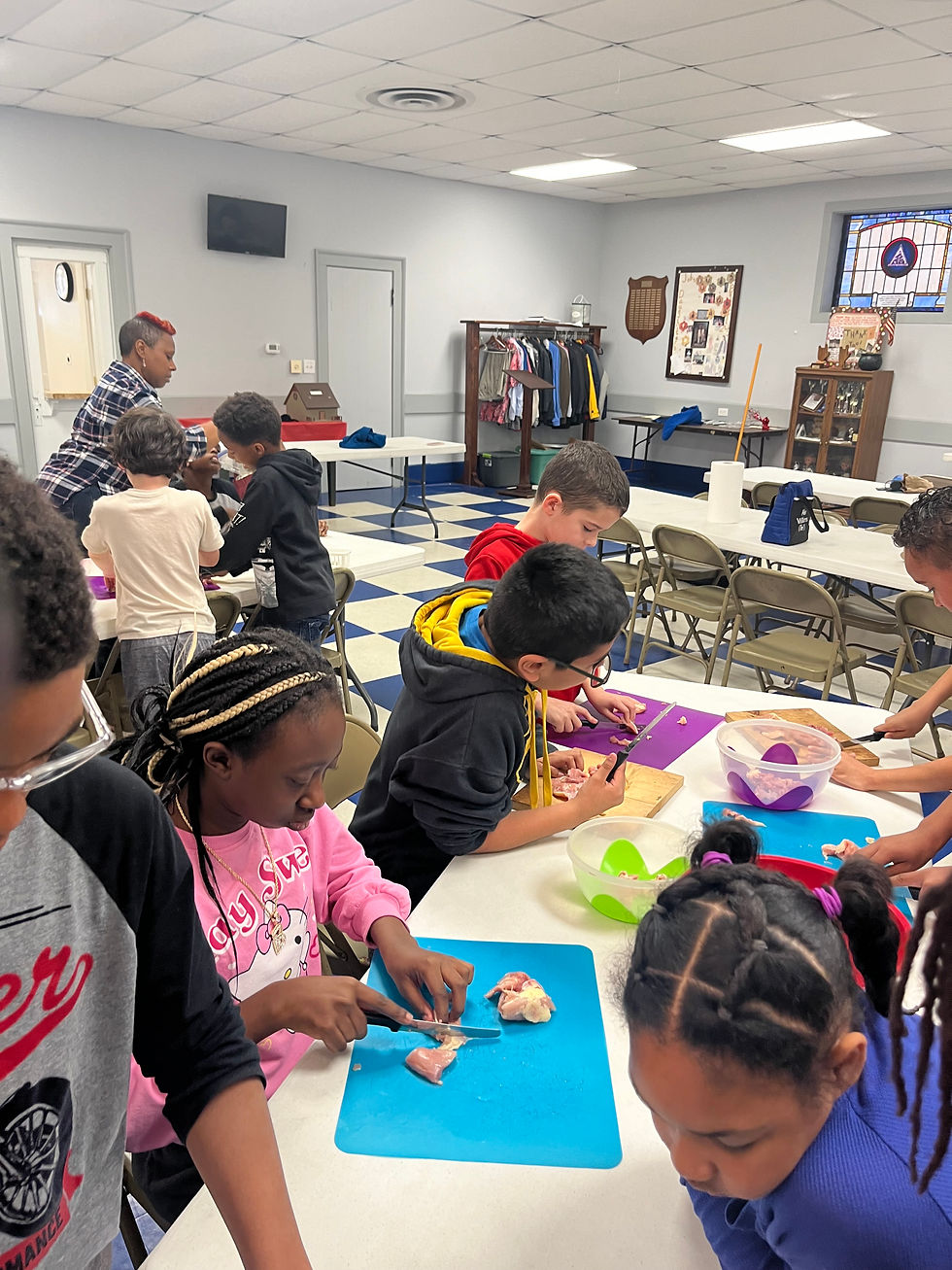Supporting Students with Special Needs
- marva331
- Jan 8, 2024
- 2 min read
Title: Supporting Students with Special Needs: Creating an Inclusive Classroom Environment Introduction: In today's blog post, we will explore the importance of supporting students with special needs in the classroom. As an experienced educator, I have had the privilege of working with diverse learners and have witnessed the positive impact of creating an inclusive environment. In this article, we will discuss the benefits of inclusive education, share practical tips for supporting students with special needs, and highlight the use of visual aids and hands-on materials to facilitate learning. Benefits of Inclusive Education: Inclusive education benefits not only students with special needs but also their peers and the entire classroom community. By creating an inclusive environment, we foster empathy, understanding, and acceptance among students. It also provides an opportunity for students to learn from one another and develop essential social skills. Inclusive classrooms promote a sense of belonging and ensure that every student has equal access to education. Practical Tips for Supporting Students with Special Needs: 1. Individualized Instruction: Recognize that each student has unique strengths and challenges. Tailor your teaching strategies to meet their individual needs. Use differentiated instruction to provide multiple pathways for learning. 2. Collaborate with Special Education Professionals: Work closely with special education teachers, therapists, and other professionals to develop individualized education plans (IEPs) and ensure that students receive the necessary support. Regular communication and collaboration are key. 3. Create a Structured Environment: Establish clear routines, visual schedules, and consistent expectations. This helps students with special needs feel secure and understand what is expected of them. Use visual aids, such as charts and diagrams, to support comprehension and organization. 4. Use Multi-Sensory Approaches: Engage students with special needs through hands-on activities, manipulatives, and visual aids. Incorporate technology, such as interactive whiteboards or educational apps, to enhance learning experiences. 5. Foster Peer Relationships: Encourage peer interactions and friendships. Pair students with special needs with supportive classmates who can act as mentors and buddies. Promote a culture of inclusivity and kindness within the classroom. Utilizing Visual Aids and Hands-on Materials: Visual aids and hands-on materials are powerful tools for supporting students with special needs. They provide concrete representations of abstract concepts, enhance understanding, and cater to different learning styles. Consider using: 1. Visual Timetables: Display a visual timetable that outlines the daily schedule. This helps students anticipate transitions and reduces anxiety. 2. Visual Supports: Use visual supports, such as visual schedules, social stories, and visual cues, to assist students in understanding expectations and following routines. 3. Manipulatives and Tactile Materials: Incorporate manipulatives, such as counting blocks or textured objects, to facilitate hands-on learning and reinforce concepts. Conclusion: Creating an inclusive classroom environment is essential for supporting students with special needs. By implementing practical strategies, collaborating with professionals, and utilizing visual aids and hands-on materials, we can ensure that every student receives the support they need to thrive academically, socially, and emotionally. Let's work together to create a classroom where every student feels valued, included, and empowered to reach their full potential.




Comments